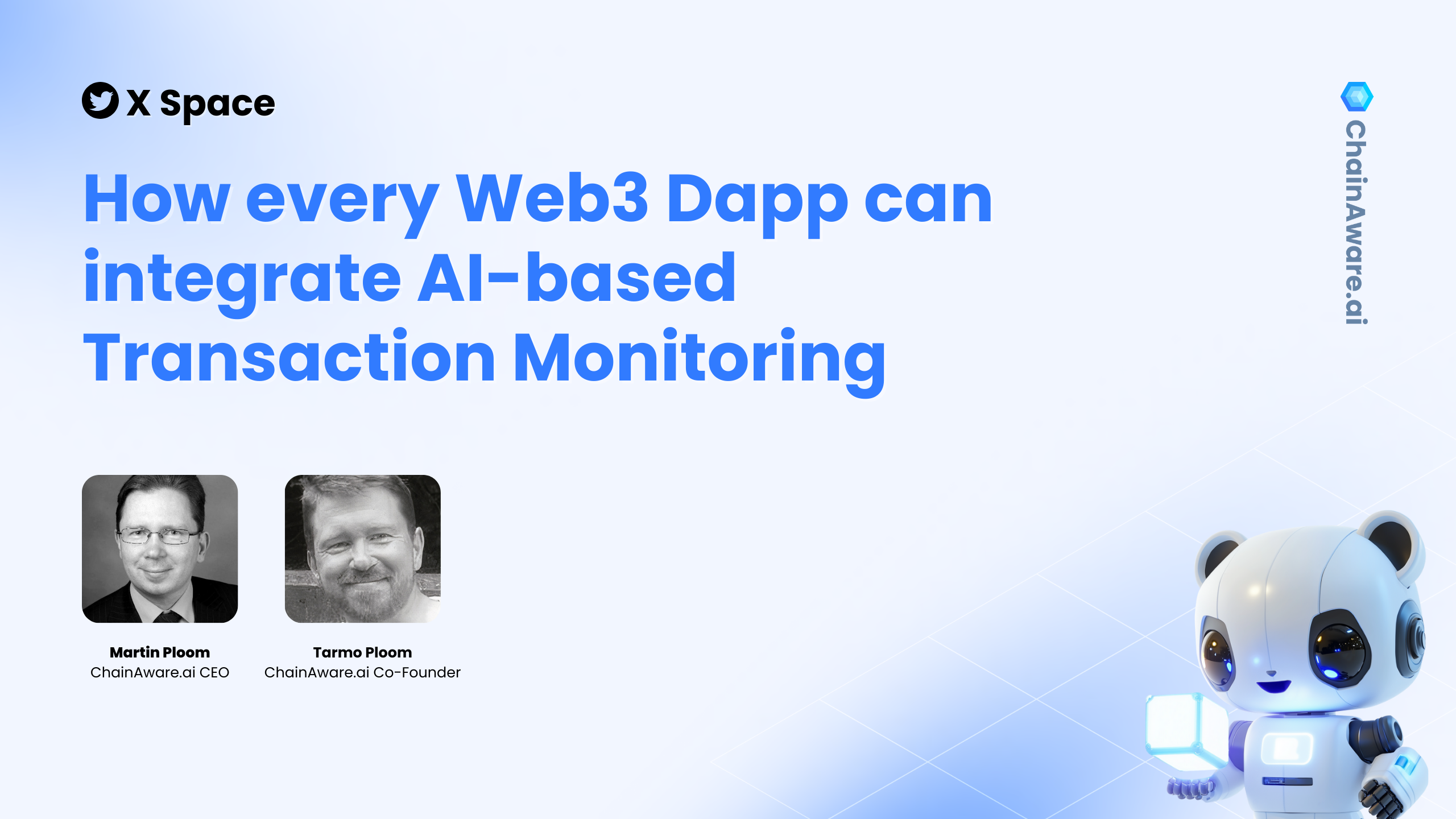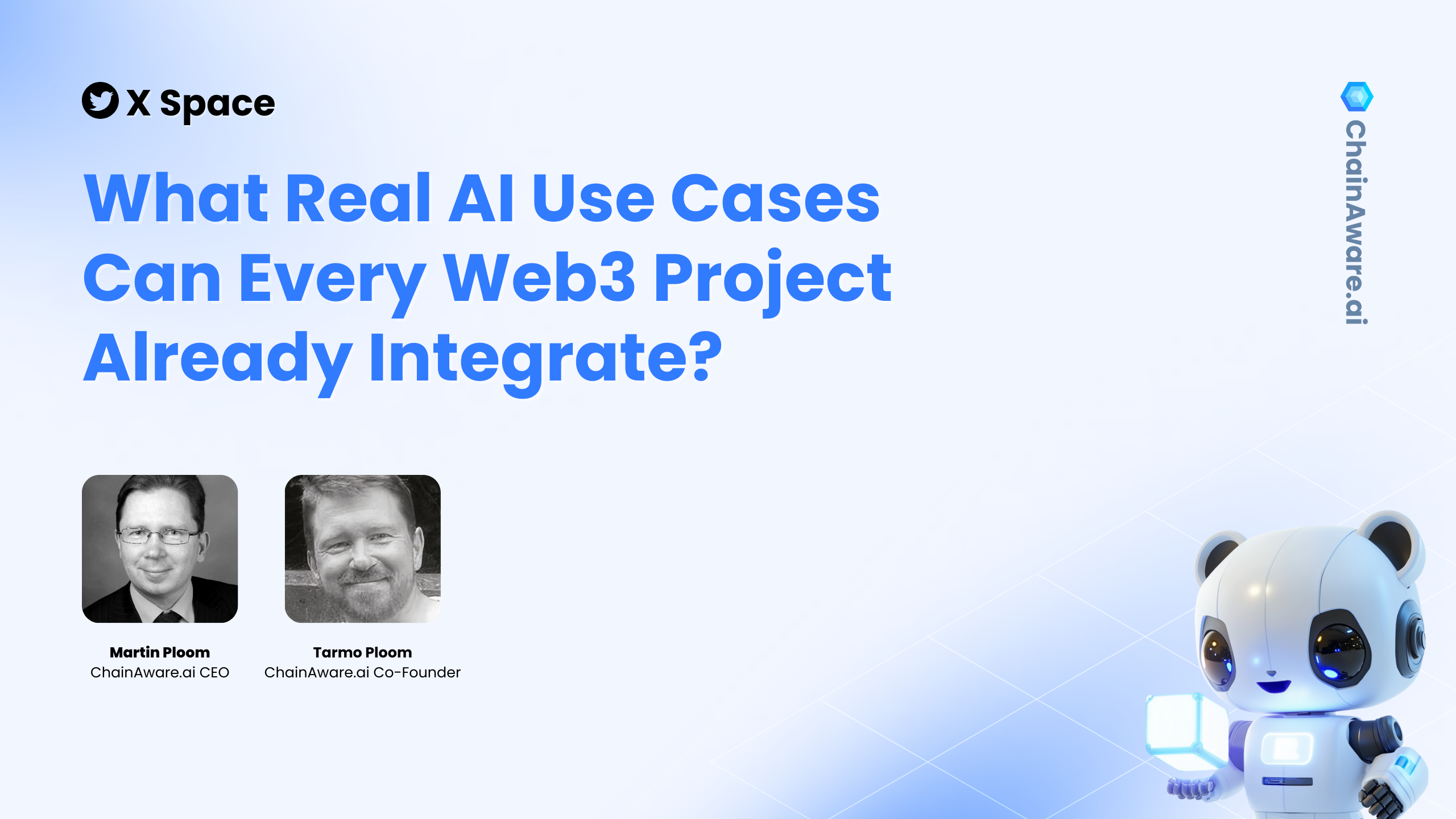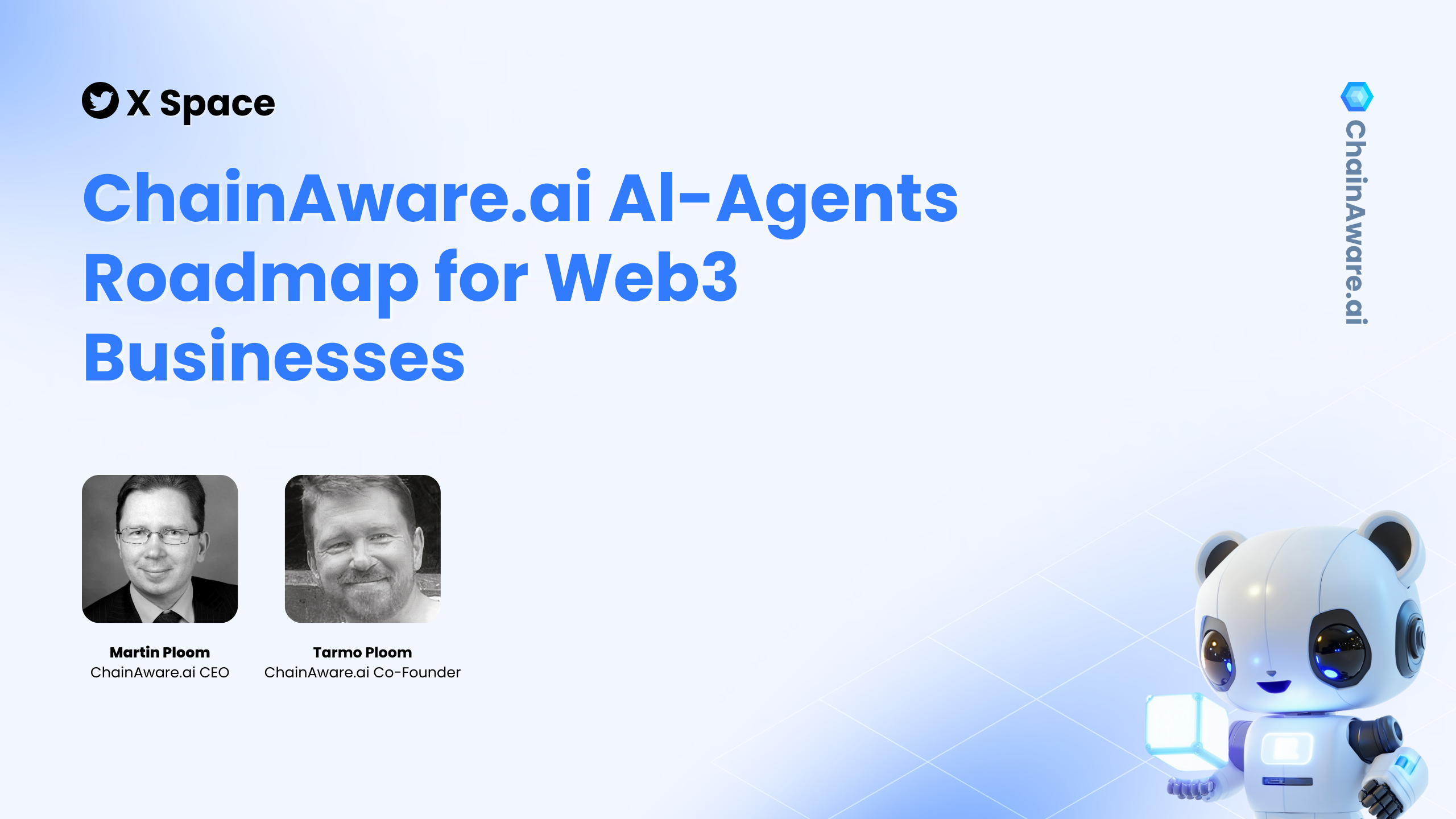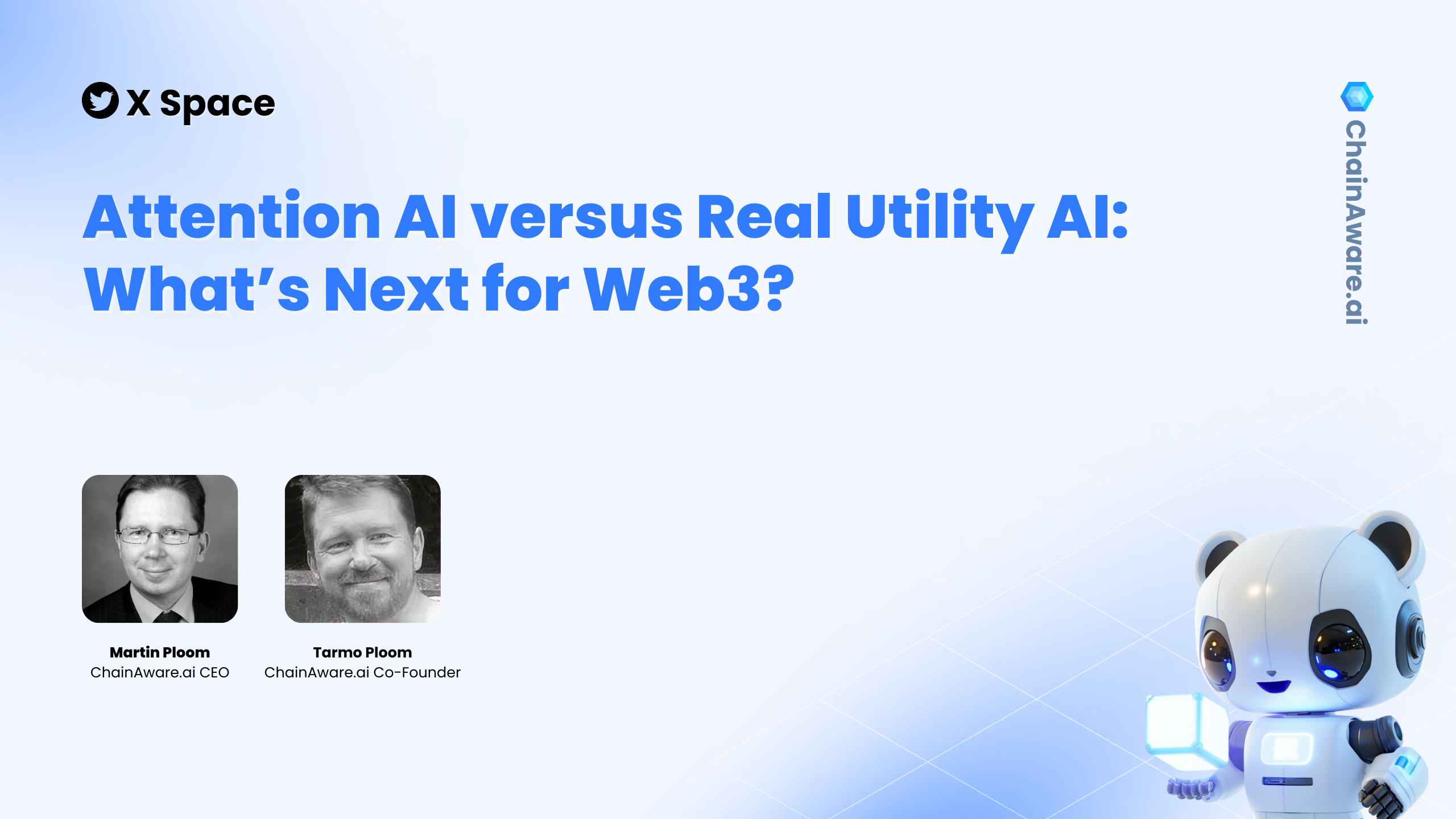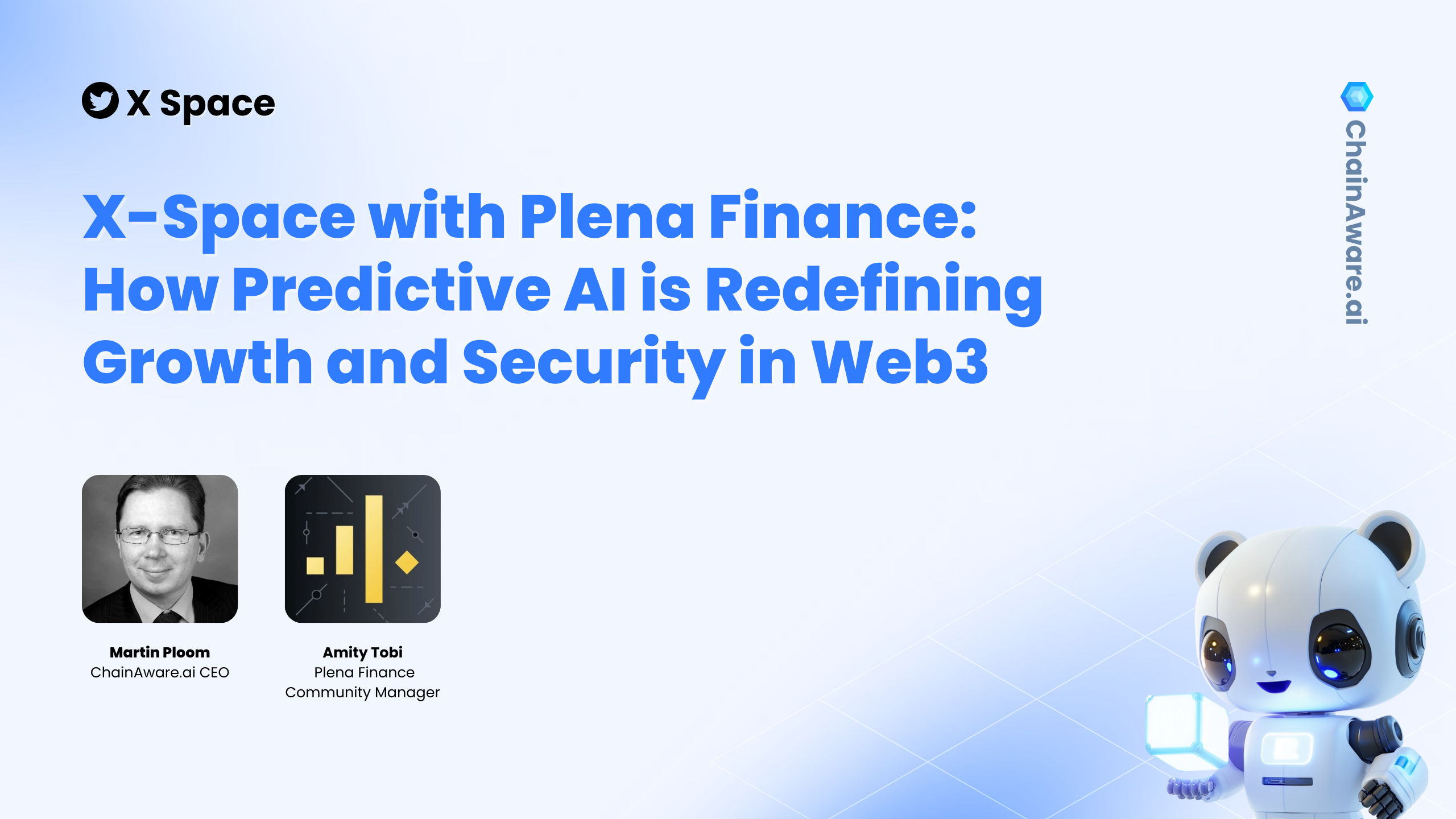Watch the full video: https://www.youtube.com/watch?v=nxVduIChIu0
1. Introduction to the Session
The discussion begins with the speakers addressing some initial technical difficulties with the platform. They introduce themselves as co-founders of SmartCredit.io and ChainAware.ai, both projects focusing on AI-driven fraud detection and predictive technologies in the blockchain. The topic of the session is the use of generative AI in Web2 and Web3, to explore its potential applications and limitations.
2. Overview of Generative AI and Its Basic Functionality
Generative AI is explained as a type of artificial intelligence that predicts the next word or sequence of actions in a given context without reflecting or deeply analyzing the meaning. This is compared to unconscious thinking in humans, where the brain processes information rapidly without conscious effort. Reflective thinking, on the other hand, is more deliberate and creative, requiring energy and time to consider and analyze information. Generative AI lacks this deeper, reflective capability, making it highly efficient for tasks that require pattern recognition and sequence generation.
3. Generative AI Use Cases in Web2
In Web2 environments, generative AI has huge potential for automating customer support and back-office tasks, such as handling support tickets, email responses, and even phone conversations through AI-powered agents. The speakers emphasize that by training large language models (LLMs) on specific datasets, companies can achieve near-complete automation of these processes, significantly reducing operational costs. For example, generative AI can be used to automate compliance checks, customer inquiries, and the management of log files, leading to improved efficiency and profitability.
4. Generative AI’s Role in Web3
While generative AI offers significant benefits for Web2 companies, its role in Web3 is more limited. Web3 already operates with full automation, meaning there is little room for generative AI to further streamline operations. In Web3, all processes are fully digitalized and executed by smart contracts or decentralized systems, so the potential for generative AI to make improvements is minimal. The speakers argue that generative AI is not the best fit for Web3, where the need for additional automation has already been met.
5. Key Difference Between Web2 and Web3
The discussion highlights the main distinction between Web2 and Web3: Web2 operates with partial automation, relying on back-office staff for various tasks, whereas Web3 is fully automated and digitalized. However, Web2 is far more advanced in its use of predictive AI, particularly for customer acquisition and marketing. Predictive AI helps Web2 companies reduce customer acquisition costs by tailoring marketing strategies to individual user behaviors and preferences. Web3, on the other hand, lacks this level of sophistication in predictive technologies.
6. How Web2 and Web3 Will Evolve
The speakers suggest that Web2 will continue to catch up with Web3 in terms of automation by leveraging generative AI. As Web2 companies fully automate their back-office operations, the cost advantages that Web3 currently enjoys may begin to diminish. However, Web3 could maintain its competitive edge by integrating predictive AI to optimize customer acquisition, retention, and lifecycle management, areas where Web2 currently excels.
7. Predictive AI: The Missing Link for Web3
Web2 companies make extensive use of predictive AI to forecast user intentions, optimize marketing strategies, and manage customer lifecycles. This allows them to target customers with personalized content and offers, thereby improving conversion rates and reducing acquisition costs. In contrast, Web3 companies have not yet adopted predictive AI at scale. The speakers argue that Web3 companies need to embrace predictive AI in order to improve their customer acquisition strategies and compete more effectively with Web2. Predictive AI would enable Web3 platforms to offer adaptive user interfaces that cater to individual user behaviors based on blockchain transaction histories.
8. Challenges Facing Web3 in Competing with Web2
One of the main challenges Web3 faces in competing with Web2 is the disparity in unit cost efficiency. While Web3 currently enjoys lower operational costs due to its fully automated nature, Web2 will narrow this gap as it adopts generative AI. The speakers point out that Web3 companies, many of which are startups with limited cash reserves, need to become more efficient in their marketing and customer management processes. By incorporating predictive AI, Web3 companies can lower their customer acquisition costs and improve their overall efficiency, ensuring their long-term competitiveness.
9. The Future of Web2 and Web3: Will Web3 Survive?
The speakers conclude by discussing the future of Web2 and Web3. They emphasize that Web3’s survival depends on its ability to innovate and adopt predictive AI technologies. If Web3 fails to do so, it risks being overtaken by Web2 companies that have fully automated their operations and optimized their customer acquisition strategies. The competition between Web2 and Web3 will ultimately come down to unit costs and operational efficiency. To remain viable, Web3 companies need to focus on reducing these costs through innovation and by leveraging the strengths of predictive AI, which is already transforming Web2 industries.
In summary, the discussion explores the transformative role of generative AI in Web2, where it can be used to automate back-office operations and reduce costs. In contrast, Web3, already fully automated, stands to benefit more from predictive AI, which can help optimize customer acquisition and retention. The future competitiveness of Web3 depends on its ability to integrate predictive AI and maintain its cost advantages over Web2, as the latter continues to evolve and automate.

